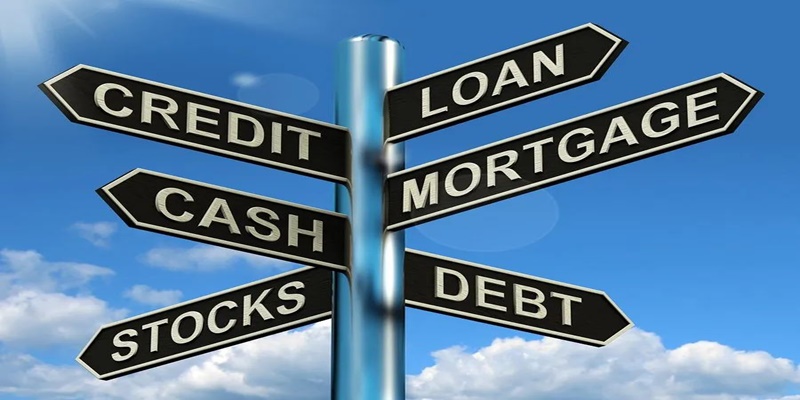Development Reimagined: A Field Day for Finance

Happy November! The last few weeks have been particularly busy in the development finance community with the World Bank and IMF Annual Meetings in Washington, DC. Our team attended copious events and bilaterals, and we’re happy to report that we successfully organized DR’s first-ever US events – including a hybrid webinar in partnership with the Center for Global Development on borrower coordination, where we also introduced and discussed the concept of the Borrowers Club.
We also hosted a wonderful dinner with Senior Officials, Former Ministers, Ambassadors and experts focused on African coordination, and we must say, the off-the-record conversations, as well as the Ethiopian food were rich and wholesome! While you definitely should take the time to watch the webinar if you weren’t there and read the Policy Brief we released prior to the annuals, we thought we’d briefly highlight three observations we made in DC, which we plan to follow up with you, dear reader, and others, in 2023 and beyond.
We’ve all got to create more rooms for borrowers to coordinate!
The development finance architecture is creditor-centric, and experience of DSSI to the G20 common framework to negotiations of specific contracts show this just isn’t working. A great example of this from the Annuals was Chad’s creditor committee meeting deciding that no debt relief is needed due to a surge in oil prices! We were so pleased to hear our diverse audience at the joint DR-CGD webinar talk about how “refreshing” the discussion was in that room. We’d love to do much more of this in 2023, in various formats – open and invite-only, and on various specific issues. Let us know what you’d want us to convene and facilitate and if you’d like to partner. We’re ready.
We’ve all got to be significantly more innovative for real change
At the annuals, we kept hearing words like “reform” and “innovate”, which we use at DR too. But as we looked into the detail, we didn’t see that much truly new. We still find it surprising that the development finance community has not got to grips with the fact that most low and middle-income countries need billions more shillings, dollars or renminbi to finance basic SDGs – which will almost certainly take them over debt sustainability thresholds (unless either the new money is grants (unlikely!) OR they deliver the SDGs very slowly, leaving more people to fall into poverty). That’s why we find it hard, for instance, just to talk about debt swaps as “innovative answers” – yes, they can help a little, but that’s trying to square a circle with a square! Are the promised reallocations of SDRs a possible answer, combined with our borrower’s club? Maybe… Again, we’ve got some ideas, but we’d love your feedback on what you see as truly “innovative” and how DR can do more on this in 2023.
We’ve all got to move away from doom and gloom to high-quality growth!
Finally, although we had expected a “doom and gloom” narrative to some degree at the annuals, we were surprised at how inevitable it was being framed as and how little discussion there was – for instance of – what could be possible with the IMF’s forecast of 3.6% growth in “Sub-Saharan Africa”. Yet, as Her Excellency Mia Mottley explicitly recognised at the AfriExim Babacar Ndiaye Lecture (which we were very pleased to join!), growth itself can be fuelled by higher quality borrowing, creating a positive cycle. We were pleased to speak with and listen to several African Finance Ministers that didn’t have a “doom and gloom” attitude. Still, even so, our observation was their voices were not heard by others, and their priorities are not yet shaping IMF and World Bank systems. How can this change? Of course, we have ideas, starting with reform of the Debt Sustainability Framework and more use of Chinese multilateral finance, for example, but we’re sure you have others. Share them with us, and let's work together on them!
By Etsehiwot Kebret, Development Finance Advisor at Development Reimagined and Jade Scarfe, Development Finance Project Manager at Development Reimagined (DR).
